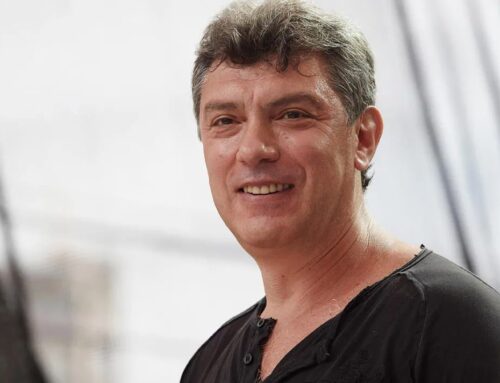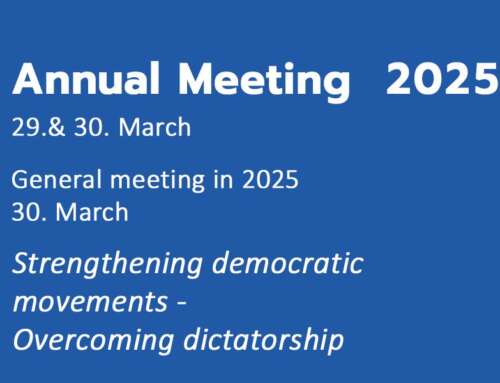On November 22, the third seminar on “The Role of the Media and Human Rights in the Eastern Partnership Countries and Russia” was organized by the Armenian Division of ISHR / Armenia.

This time the seminar was held in Artik town of Shirak region.
Artik is one of the small towns of Armenia with a population of about 23,000, located in the north of the republic. In Soviet times it was considered a center of industry and tufa stone mining, but in the post-Soviet years, the majority of the population was unemployed in the result of closing down of the main factories of the town.
However, Artik region has always been characterized by high-quality professional staff who, unfortunately, often found jobs elsewhere.
The selection of the venue, due to the above-mentioned circumstances. We invited regional journalists and young journalist applicants beforehand who responded our call and were present

After the presentation of the program and ISHR Armenia website, the journalists of the region presented the status of the regional media in newly formed circumstances.
Editor-in-chief of “Artik News” Anahit Nahapetyan noted that print media has probably lost its place on behalf of the online platform, and now the state does not finance the printing of regional newspapers, which she thinks is untimely, as the regional press is not yet able to self-financing. However, a journalist is never allowed to write ordered articles, on which case she gave several examples.
Anahit specifically stated “There are no written rules, but there are important criteria: being literate, disseminating only verified, verifiable information, disseminating information that contains clear facts, not containing propaganda or manipulation particles, thereby misleading other users of the platform.
Yes, it is indisputable that the media is a powerful weapon. Today the social media platform is more widespread, the activity of which is not yet legally regulated. However, communication in the media field should be understandable, accessible, literate, should not be manipulated, and should not distort information. Maintaining ethical norms and applying them to social sites is extremely important. ”
Internet technology expert Zaruhi Petrosyan pointed out the innovative technologies that will be used to protect against false information.
Journalist Nazeli Chopikyan noted that legislative changes should be made and the definitions for hate speech broadened.
Artur Aghakaryan had prepared his own analysis on the topic, where he compared the principles of different media schools.
Young blogger Cosmofrunz presented his own research in the field of science fiction and media dissemination. One example was the fake video of former US President Barack Obama, which was very difficult to distinguish from the real.
The young blogger advised to check all information from several sources, such as checking fake news on Nasa’s website, finding Google homonyms material, and checking out political material can be checked by checking whether the site has a backlink, whether the author has political interests, and so on.
The meeting in Artik was very productive, especially in terms of the interest of the participants and the arrangements for further cooperation.
Young blogger Cosmofrunz presented his own research in the field of science fiction and media dissemination. One example was the fake video of former US President Barack Obama, which was very difficult to distinguish from the real.
The young blogger advised to check all information from several sources, such as checking fake news on Nasa’s website, finding Google homonyms material, and checking out political material can be checked by checking whether the site has a backlink, whether the author has political interests, and so on.
The meeting in Artik was very productive, especially in terms of the interest of the participants and the arrangements for further cooperation
#CivilSocietyCooperation
Bela Shikaryan ISHR Armenia








Leave A Comment